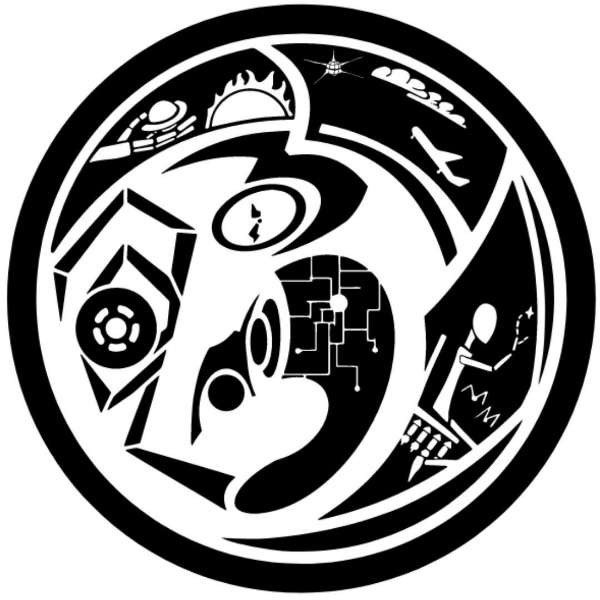General Topology - Intro and Continuous Functions

I hate topology. --- By Woziji Shuode
Topology
Definition 1. Topology
A topology on a set X is a collection of its subsets
and ; - For arbitrary subcollection
of collection , the union of is in too; - For any finite subcollection
of , the intersection of the elements of is in too.
When we are talking about some topological properties of any set
Definition 2. [Open]
A subset of
Till now, the definition seems to be too abstract to understand, therefore let's give an example.
Example 3. Suppose we have a metric space
and are both open; - For arbitrary collection of open sets, their union is open;
- For finite collection of open sets, their intersection is open.
Some topology is special:
Definition 4. [Discrete topology, Indiscrete / Trivial
topology, Finite complement topology]
- The collection of all subsets of
is called discrete topology. is called indiscrete topology or trivial topology. - let
. is a topology too.
Topologies are naturally collections of subsets, therefore there are clearly relationships of inclusion between them. For topologies, we have other words to describe them.
Definition 5. [Comparable, (Strictly) Finer,
(Strictly) Coaser] For two topologies
- If either
or , we called and comparable; - If
, we call is finer than . - If
, we call is coarser than ; - If
and are comparable while , they are either strictly finer or strictly coarser.
Basis
Despite of topology, we also have a concept basis, which is a bit "looser" than topology.
Definition 6. Basis
A basis of a set
, such that ; , such that and .
As its name, basis are the bases of topologies. If
Lemma 7. 1.
From this Lemma, we have the topology generated by a certain basis
Different from
Definition 8. [Subbasis]
A subbasis
The subbasis
Subspace Topology
Definition 9. [Subspace Topology, Subspace Basis]
Let
is a topology of ; is a topology of ;
Closed sets, Limit points
Definition 10. [Closed set] A set
Lemma 11. 1.
Lemma 12. 1. Let
Definition 14. [Interior, Closure]
Suppose
- The interior of
is . That is, the interior of is the union of all open sets contained in ; - The closure of
is . That is, the closure of is the intersection of all closed sets containing ;
Theorem 15. Let
iff every open set containing intersects ; iff every containing intersects
Definition 16. [Neighborhood, Limit point] Let
- For
, every open set containing is called a neighborhood of ; - Let
be a subset of a topological space with basis , then is a limit point of if every neighborhood of satisfies . The set of limit points of is written as /
Theorem 17.
Theorem 18. Let
is closed; ; .
Sequential Limits and Hausdorff Space
Definition 19. [Convergence]
Let
Definition 20. [Hausdorff Space]
A topological subspace
Theorem 21. If
- Every finite subset
is closed; - If
converges, then its limit is unique; - For any subset
, is a limit point of iff every neighborhood contains infinitely many points of .
Continuous Functions
Definition 22. [Continuous]
Let
Definition 23. [Homeomorphism]
Let
- Title: General Topology - Intro and Continuous Functions
- Author: Harry Huang (aka Wenyuan Huang, 黄问远)
- Created at : 2024-11-19 23:00:00
- Updated at : 2024-12-04 18:14:59
- Link: https://whuang369.com/blog/2024/11/19/Math/Topology/General Topology/
- License: This work is licensed under CC BY-NC-SA 4.0.